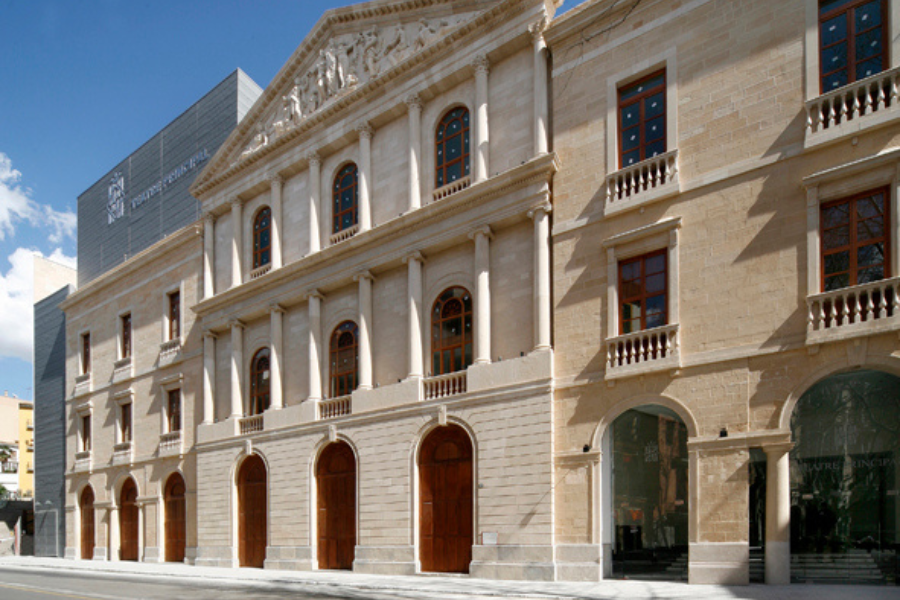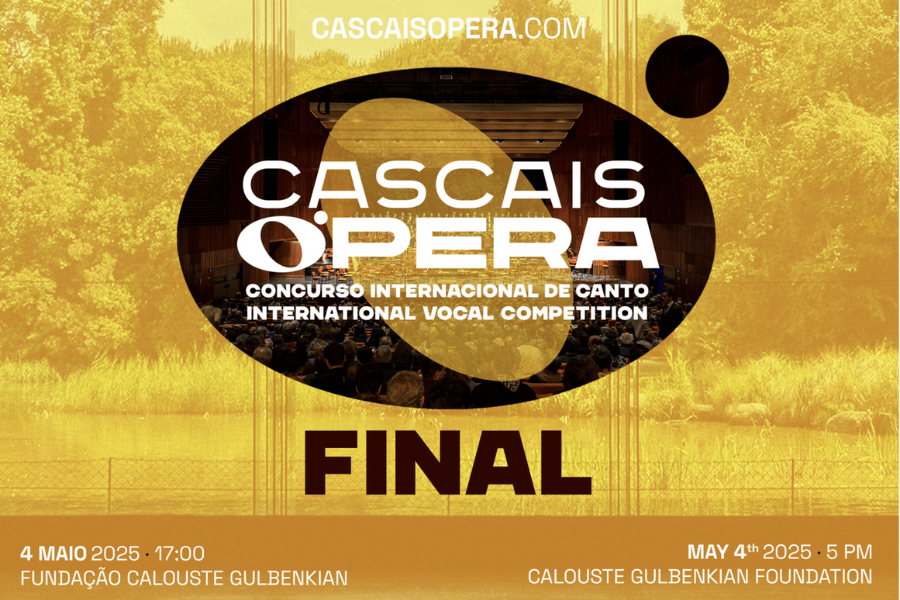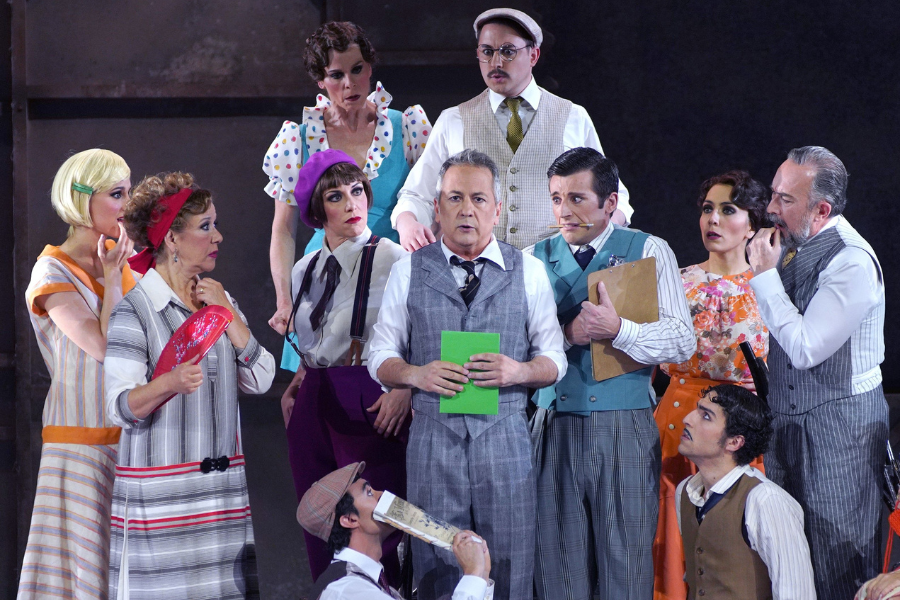The Teatre Principal de Palma, Mallorca, joins Ópera Latinoamérica

Located in the central district of Palma, the Teatre Principal de Palma is the reference space for the performing arts in Mallorca. Theatre, dance and opera are programmed on the stage of this traditional Palma arts center, in seasons that come to include a bulging offer of more than 120 shows. In addition, it hosts projects such as a Spectator School for audience training, creation centers, workshops and its own streaming platform, among other cultural and educational initiatives. Today, the theater also joins the circulation of lyrical co-productions, with ties that have recently reached, for example, the Roberto Plasencia Saldaña Theater in Mexico. “We firmly believe that co-productions are a way to reduce costs and broaden horizons, which is why we are very committed to this line of work”, comments Josep Cerdà, the theater’s director, in this interview.
The Teatre Principal de Palma, inaugurated in 1857, stands as the most important public performing arts center in the cultural circuit of Mallorca. Throughout its history, the theater has hosted seasons with various disciplines such as dramatic works, dance, music, zarzuela and opera and, currently, its programming can offer up to more than 120 shows.
Now, the Teatre Principal becomes the sixth Spanish theater to join the Latin American Opera (OLA) network. “We believe that this union opens up a range of possibilities for collaboration with other opera houses that seem very appropriate at a time when sustainability is one of the greatest challenges for any cultural institution”, explains Josep R. Cerdà, director of the Main Theatre.
Visit here the profile of Escena Digital of the Teatre Principal de Palma
The origins of Palma’s Teatre Principal date back to the 17th century with the inauguration of the Casa de las Comedias, a citizen initiative for the representation of comic works. Years later, during the 19th century, construction began on a new building that was inaugurated in 1857 under the name of Teatro de la Princesa, in honor of Isabel de Borbón y Borbón, Princess of Asturias. In 1860 it was renamed the Teatro del Príncipe de Asturias, but after the Revolution of 1868 that dethroned Queen Isabella II, the building obtained the name by which it is known to this day.
Approaching the public
In addition to its lyrical and artistic productions, the Teatre Principal houses four choirs that star in the theater’s musical and lyrical offerings, an educational area that has a Spectator School, resources for school classrooms, theater tutorials and guided tours, and, In addition, its own streaming platform that serves as a display panel for its own productions.
“There is an increasing number of audiences interested in learning more about the shows in our programming”, comments Josep R. Cerdà. The playwright, theater director, cultural manager and language and literature teacher has directed the Teatre Principal since 2019 and, together with the deputy director, Marta Ferré, have drawn up a plan “based on the commitment and accompaniment of creation, so that productions and co-productions are a benchmark inside and outside the territory”.
“Co-productions are a way to reduce costs and expand horizons, so we are very committed to this line of work.”
The plan also contemplates approaches for a diverse, plural, accessible and inclusive programming and the “approach to citizenship through educational projects, with special emphasis on young people”.
In this interview for Ópera Latinoamérica, Cerdà delves into the union of the Teatre Principal de Palma with the OLA network, explains some of the educational projects that the theater is developing and anticipates the lyrical program that will be offered for the next opera season.
Why did the Teatre Principal de Palma decide to join Ópera Latinoamérica?
We already maintain some relations (especially in terms of theater production and artist residencies) with South America and we want to expand them. We admire the vitality and dynamism of the cultural scene in Latin America and we want to be part of it.
In addition, we believe that this opens up a range of possibilities for collaboration with other opera houses that seem very appropriate at a time when sustainability is one of the greatest challenges for any cultural institution.
What place does the Teatre Principal have in the cultural life of Mallorca? How do they approach the different audiences in the community?
We are the reference theater in Mallorca. The only public production center for theater, dance and opera shows. This sets us apart from the abundant private offer of exhibition theaters on the island. The location and historical architecture of our hall are also a heritage element that places the theater in a special place.
Due to the high rotation of shows (more than 120 per season), our audience is already very diverse. We also have a mediation department that coordinates the various programs to attract new audiences, both in the educational field and in the relationship between the theater and the community and disadvantaged groups.
The theater has an education area in which the ‘Spectator School’ stands out. Could you explain what the projects of this school consist of? What have been the main challenges? What results have they had?
The Spectator School welcomes the public interested in learning more about the shows on our programming, with colloquiums and debates at the end of the performances. There is an increasing number of audiences interested in this involvement, and recently reading groups from libraries or groups from other cities have been joining.
On the other hand, participation in the Theatrical Tutoring project is also growing a lot, which we launched with the collaboration of the Ministry of Education and which we want to expand to the areas of music and dance in the coming seasons.
The results of any effort we make to integrate new audiences have always exceeded expectations. What is hard is getting started, finding the right interlocutors; but once the projects are up and running, the demand increases every year.
A look at Latin America
How is the lyrical programming of the Teatre Principal projected for this 2023? What productions or lyrical activities can you highlight?
We have had Monteverdi’s L’Orfeo, La Bohème and La Traviata, this season. The first of these titles has been released for the first time in history in Mallorca with this own production, and the other two have already sold out and have had to be extended.
We are currently working on Puccini’s Il Trittico as our own production for next season, which will be followed by La forza del destino and Roméo et Juliette.
Our season also includes the Easter concert, which serves to give the opportunity to local directors and diversify the activities of our choir with another type of repertoire.
One of the lines of work promoted by Ópera Latinoamérica is networking through the co-production, sale or rental of productions between the theaters that are part of the organization. What is your expectation of working with the Teatre Principal and OLA in this field?
We are looking forward to both co-producing and being able to rent our productions with other theaters. We already have the experience of doing it with Mexico (where our production of Don Giovanni directed by Pablo Azorín could be seen).
We firmly believe that co-productions are a way to reduce costs and broaden horizons, which is why we are highly committed to this line of work. It is very important for us to start doing in Latin America what we have been practicing for some time at Ópera Europa.
In order to publicize our productions and co-productions, we also have our own streaming platform, Principal a la carte, to which we will invite all OLA members so that they can see our work in the digital sphere.








